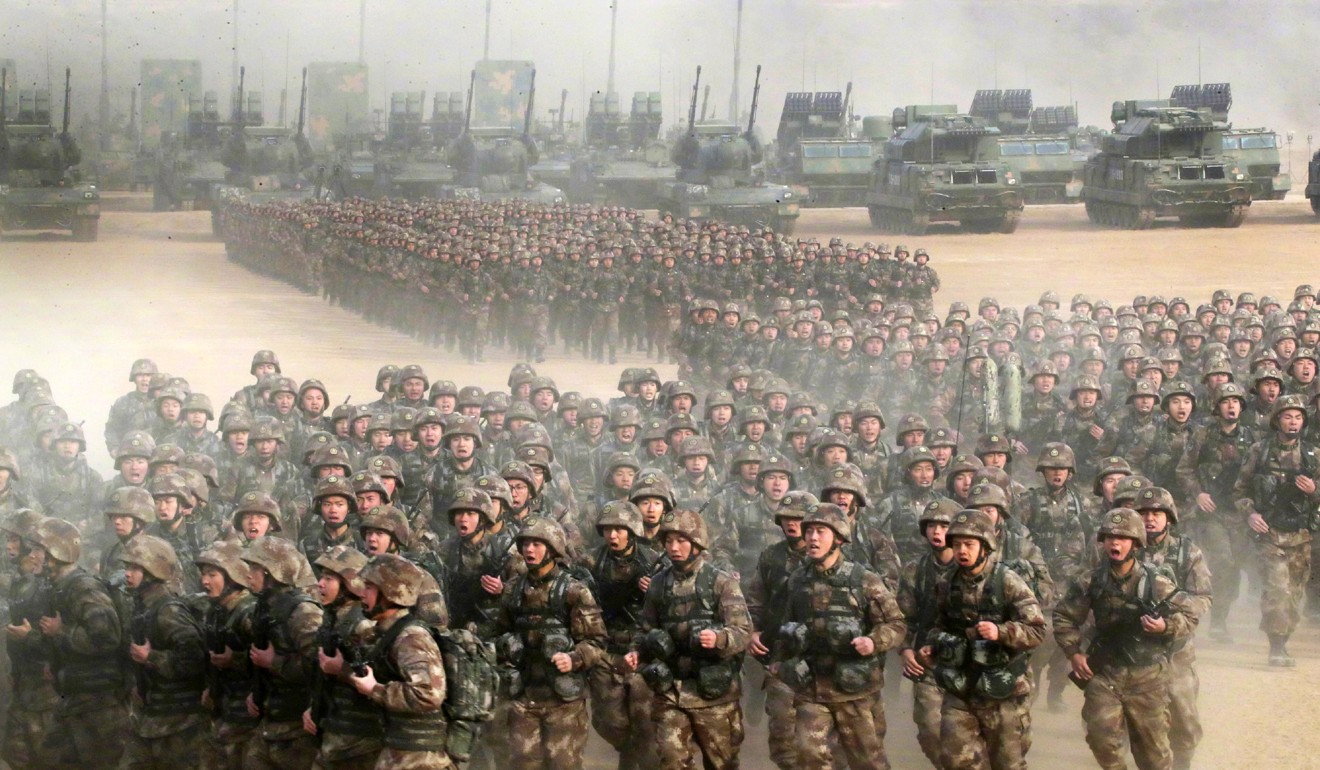
Beijing keeps military spending under wraps ahead of budget
Spokesman for legislature hints that China will spend more on defence
China’s military budget for this year will expand but by how much is still unknown after a government spokesman broke with convention by not releasing details at a media briefing the day before the annual parliamentary session begins.
Zhang Yesui, spokesman for the National People’s Congress, hinted that the country would spend more on defence, but unlike in previous years he did not give a figure or range of growth.
Military spending is included in China’s annual budget that is expected to be released on Monday and will be reviewed and endorsed by the largely ceremonial NPC.
“National defence development should match economic development and meet the national security and development interests,” Zhang said when asked about the military budget during a briefing at the Great Hall of the People in Beijing.
“In recent years China has increased funding for the military by a modest degree, a large part of which is to make up for the previous shortfalls,” said Zhang, who is also vice-minister of foreign affairs.

On the eve of the legislative gathering last year, spokeswoman Fu Ying was far more forthcoming. She told reporters that military expenditure for 2017 would go up by 7 per cent from the previous year – the smallest increase since 1999.
But there were questions over transparency after the finance ministry delivered its budget to the NPC for approval and an exact figure for military spending was not made public.
It was only later that state media reported the country would spend 1.044 trillion yuan (US$164.5 billion) on defence in 2017 – accounting for 1.3 per cent of its gross domestic product.
Observers will be watching on Monday to see whether the ministry again omits this figure for military spending when it delivers the budget.
Zhang said China would spend more on its military to upgrade weapons and equipment, as well as to improve the welfare, training and living conditions of troops.
“If we take a look at its share in the GDP or fiscal expenditure or cost per capita, China’s military spending is lower than the world’s major powers,” Zhang said.
“China’s development will not pose a threat to any other country,” he added.

Beijing has rapidly increased defence spending since the start of this century. Almost every year the budget has seen double-digit growth – with the exception of 2003 (9.6 per cent), 2010 (7.5 per cent), 2016 (7.6 per cent) and last year’s 7 per cent.
The world’s second-largest economy is now the second-biggest military spender after the United States. Last year’s Chinese defence budget was more than double that of Russia, ranked third.
But top spender the US – whose military outlay is bigger than the next eight countries combined – has labelled China as a strategic rival and recently approved a 15 per cent increase in its defence budget.
US President Donald Trump has signed a US$692 billion defence budget for this year – more than 3 per cent of GDP and up from US$602 billion in 2017.
Trump said the budget boost was aimed at “restoring America’s military might” after years of spending cuts under Barack Obama.

